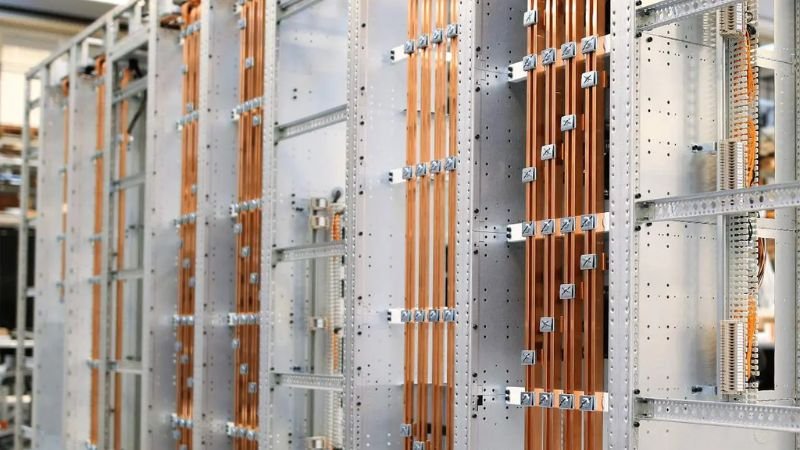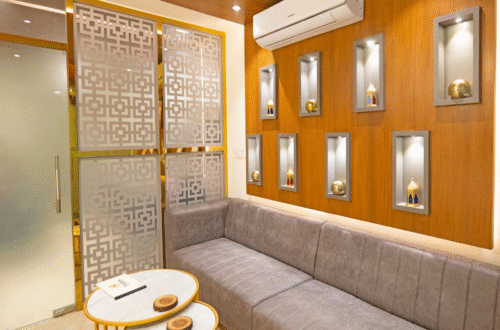In today’s fast-paced business environment, operational efficiency isn’t just a competitive advantage—it’s a necessity. Companies across industries are continually seeking ways to streamline processes, reduce overheads, and enhance safety. One often-overlooked area that delivers substantial business benefits is the deployment of low current systems. From access control and surveillance to intruder alarms and audio-visual networks, these technologies underpin modern infrastructure. This article explores how integrating low current systems can revolutionize operations, boost productivity, and ultimately strengthen your bottom line.
Understanding Low Current Systems
Low current systems refer to electrical networks that operate at lower voltages and current levels compared to traditional power-distribution circuits. These include:
- Security and Surveillance: CCTV cameras, video management systems, and analytics
- Access Control: Card readers, biometric scanners, and door interlocks
- Intrusion Detection: Motion sensors, perimeter alarms, and glass-break detectors
- Fire and Life Safety: Aspirating smoke detectors, fire alarms, and emergency voice communication
- Audio-Visual & Communication: Public address (PA) systems, boutique conferencing, and digital signage
By focusing on data and communication rather than heavy electrical loads, low current systems facilitate real-time monitoring and intelligent responses without overloading power infrastructure.
Enhancing Operational Efficiency
Deploying integrated low current systems can significantly streamline daily workflows:
- Centralized Management: A unified platform enables facility managers to monitor security cameras, access logs, and alarm statuses from a single dashboard. This consolidation removes silos between departments, reduces response times, and simplifies system maintenance.
- Automation of Routine Tasks: Scheduled door lock/unlock events, automated alerts for equipment faults, and pre-programmed lighting scenes reduce manual interventions. Such automation frees staff to focus on strategic initiatives rather than repetitive checks.
- Predictive Maintenance: Advanced sensors can detect anomalies—like unusual temperature rises or unauthorized entry attempts—before they escalate into critical failures. Proactive alerts help prevent downtime and costly emergency repairs.
Improving Safety and Security
Safety is paramount in any business, particularly in sectors like manufacturing, retail, and healthcare. Low current systems bolster protection in multiple ways:
- 24/7 Surveillance: High-definition IP cameras, integrated with analytics, can detect loitering, tailgating, and other suspicious behaviors. Staff can be instantly notified to investigate potential threats.
- Multi-Factor Access Control: Combining PINs with biometric authentication or smart cards ensures that only authorized personnel enter sensitive areas, from data centers to chemical storage rooms.
- Fire & Intrusion Alerts: Early-warning smoke detection and perimeter alarms provide valuable seconds—or even minutes—to evacuate and respond, potentially saving lives and assets.
Scalability and Flexibility
Modern businesses grow, expand, and reconfigure their spaces regularly. Low current systems are inherently modular:
- Plug-and-Play Expansion: Adding new cameras, sensors, or access points often requires minimal rewiring. As a result, companies can adapt to mergers, relocations, or reorganizations with minimal disruption.
- Software-Driven Updates: Firmware upgrades and feature enhancements are delivered via network connections, keeping systems up to date without expensive hardware replacements.
- Interoperability: Open-standard protocols (such as ONVIF for video or BACnet for building automation) ensure that devices from different manufacturers can communicate seamlessly, protecting your technology investments.
Cost Savings and ROI
While the upfront cost of installing low current systems might appear significant, the long-term financial benefits are compelling:
- Reduced Operational Expenditure: Automated lighting, climate control integration, and remote diagnostics drive down energy and maintenance bills.
- Lower Insurance Premiums: Enhanced security and fire detection often translate into favorable insurance rates, given the decreased risk profile.
- Asset Protection: Preventing theft, vandalism, or equipment damage translates directly into cost avoidance, preserving capital expenditures.
Supporting Automation and Smart Technologies
Low current systems serve as the digital nervous system of the smart building:
- IoT Integration: Sensors and controllers feed data into IoT platforms, enabling advanced analytics, machine learning applications, and digital twins of real-world facilities.
- Unified Communication: From VoIP phones to video conferencing and digital signage, low current networks deliver voice, video, and data over a single infrastructure, simplifying cabling and reducing clutter.
- Energy Management: Real-time monitoring of power consumption, combined with automated controls, ensures that lights, HVAC systems, and other resources run only when needed.
Real-World Applications and Case Studies
Consider a retail chain that integrated access control, CCTV, and fire detection across its outlets. By centralizing management:
- Shrinkage due to theft dropped by 30% within six months.
- Emergency response times improved by 40%, as alarm signals were routed directly to local authorities.
- Energy consumption for lighting and climate control fell by 20% through occupancy-based automation.
In another case, a technology campus implemented smart building solutions—connecting low current systems with the IT network. The result was a 25% reduction in maintenance costs and the ability to reconfigure office spaces in days rather than weeks.
Why Choose Manikaran Enterprises for Low Current Solutions
When embarking on a low current systems project, selecting the right partner is crucial. Manikaran Enterprises brings over two decades of expertise in designing, installing, and commissioning advanced electrical and low current infrastructures. As a Top Electrical Solution Company in Rajasthan, they combine deep technical knowledge with a commitment to quality and customer satisfaction. Whether you’re upgrading an existing facility or building from the ground up, their team ensures seamless integration, compliance with local standards, and ongoing support.
For businesses seeking robust power distribution alongside low current capabilities, Manikaran Enterprises also offers comprehensive Busbar Trunking System Installation Service in India. This service ensures efficient, safe, and scalable power delivery—complementing your low current network for a truly future-ready infrastructure.
Conclusion
Low current systems are more than ancillary add-ons; they are foundational to streamlined operations, enhanced safety, and sustainable growth. By leveraging advanced surveillance, access control, fire detection, and communication networks, businesses can achieve unprecedented efficiency and agility. Partnering with an experienced provider like Manikaran Enterprises guarantees that your investment delivers maximum ROI, keeps you ahead of compliance requirements, and positions your organization for tomorrow’s smart-building challenges.





